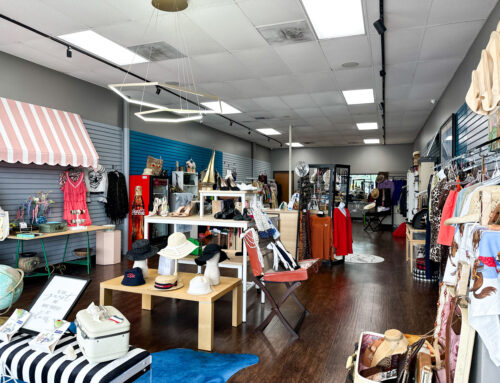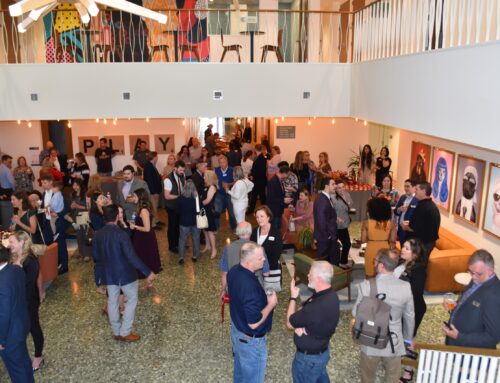Whole Foods announced that it was going to renovate the Minyard’s at Abrams and Gaston at 9:12 a.m. on Thursday. Wamre had a post up at 9:22, and we had our first comment at 9:54.
All of which makes this story a case study in how the internet has changed the media business.
In the old days — which was just a couple of years ago — Whole Foods would have emailed a news release, Dallas’ Only Daily Newspaper would have written a story about it the next day (or not, as the case may be), the neighborhood would have complained about it in the privacy of its homes for a week, and I would have written a column about the decision that appeared two weeks after the fact.
But since this isn’t the old days, we had 24 comments to the original post (10 comments is a lot for one of our posts), and three more posts over the next two days. Our visitor count hit record highs, and you weren’t the only ones checking the blog. Whole Foods corporate in Austin was reading it as well, according to information from the analytics we use to track visitors to the blog. One Whole Foods computer, believe it not, was logged on to this site for four consecutive hours on Thursday and two more straight hours on Friday.
In fact, I’m not so sure that everything that happened from the moment we broke the story that Whole Foods had applied for a zoning variance wasn’t affected by the internet and the nearly real-time reporting that goes with it.
The company, for example, knew almost immediately what people thought about its presentations at neighborhood meetings by reading our blog. And it could gauge reaction to its proposed site plan (which we had to get from the city, because Whole Foods wouldn’t give it to us or anyone else) by reading our blog.
Contrast that with the old days, when it would have made its various presentations and been more or less in the dark until the moment the plan commission met to make a decision about the variance. The company might have had an idea about which way the wind was blowing, but it would only have been an idea. Thanks to the internet, it knew that even if it got approval, it would have had to work to get it.
In fact, we were concerned that all of the reporting we did on the subject might be seen by the company — and by some in the neighborhood — as too aggressive. Wamre even wrote, on Jan. 28, about the possibility that Whole Foods would remodel rather than build. As it turned out, that same discussion was going on in Austin at about that time, according to what company officials told Angela Hunt last week.
We joked more than once that we would never see a Whole Foods grand opening ad in the Advocate, even though it wasn’t our intent to skewer the grocer. And we were genuinely concerned that some residents might think that our reporting influenced any decision the company made, one way or the other.
Which is why we tried to be as fair as possible throughout. We were continually contacting Whole Foods or its representatives for comment (and we were usually ignored), and Wamre spoke with several Whole Foods officials at one of the neighborhood meetings. We didn’t censor or edit anyone’s comments on the blog, and we tried to keep the discussion on a practical, "what does this mean for the neighborhood?" level.
And those of you who did contribute, regardless of your opinion, did it ably and intelligently. We had several well-reasoned discussions about zoning here, and that’s nearly impossible to do.
In the end, you could argue that this sort of neighborhood-democracy-cum-internet affected Whole Foods’ decision. Many of you, here and elsewhere, decried this as obstructionism. I’d disagree, and I was willing to give Whole Foods the variance. Democracy is always a good thing, even when it allows thing to happen that I don’t like.





